Amsterdam , 1995
ARTE HABITABLE
Living/working experimentally together for 2 months. Deurloostraat 35, Amsterdam.
The Arte Habitable project was an experiment. Four young artists, Alicia Framis, Lin de Mol, Michael Nitschke and Patricia Spoelder, spent two and a half months living and working in an Amsterdam house. Their purpose was to explore the possibility of creating and displaying art in an everyday environment, or , in other words, to examine the feasibility of inhabiting an (art) project. The house, at Deurloostraat 35, gradually became a kind of art platform, without however relinquishing all the experiences and connotations associated with domestic life. As the process of creation progressed, the place where they both lived and produced their art was simultaneously transformed into a different kind of habitat, geared to their own desires. This allowed the foursome to specifically explore questions concerning boundaries and boundary situations: the boundary between inhabiting a space and art, between art and life, life and work, work and thought, thought and imagination, imagination and production and so forth. After two and a half months the house was opened to the ‘outside world’.
It was Alicia Framis who outline the contours of the Arte Habitable joint project, interaction between the various artists being a prime objective. After some time, however, it became clear that the three artists who had accepted Alicia Framis’s invitation needed to make some kind of personal statement within this joint project. On the principle that ‘the various parts strengthen the whole’, they produced a large number of individual works, alongside and in combination with explicit examples of interaction.
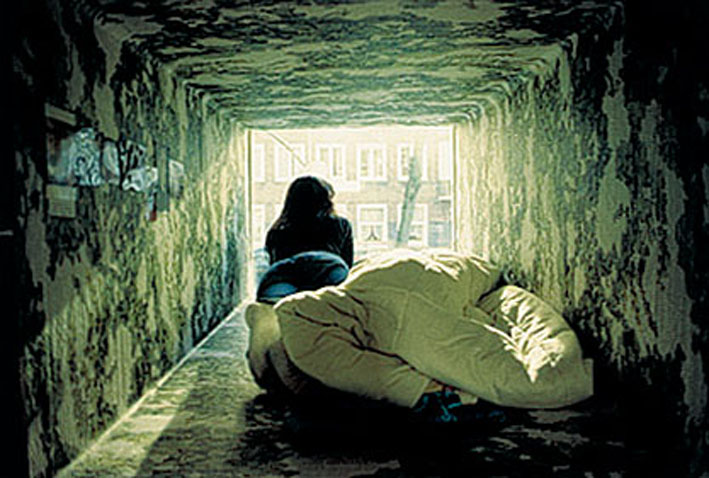
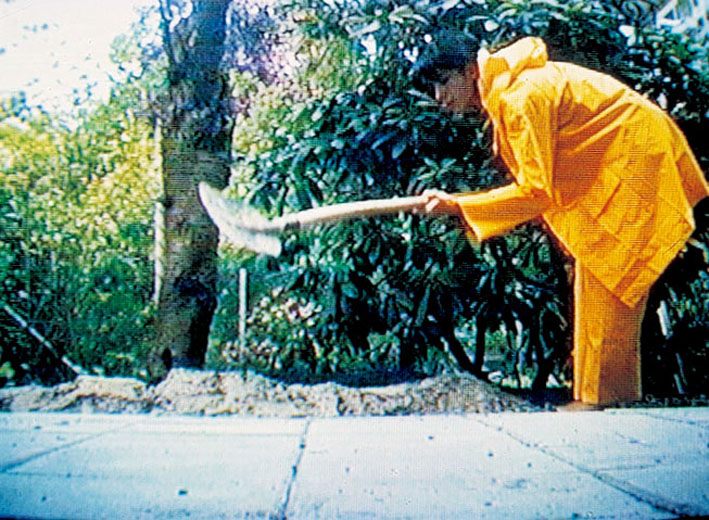
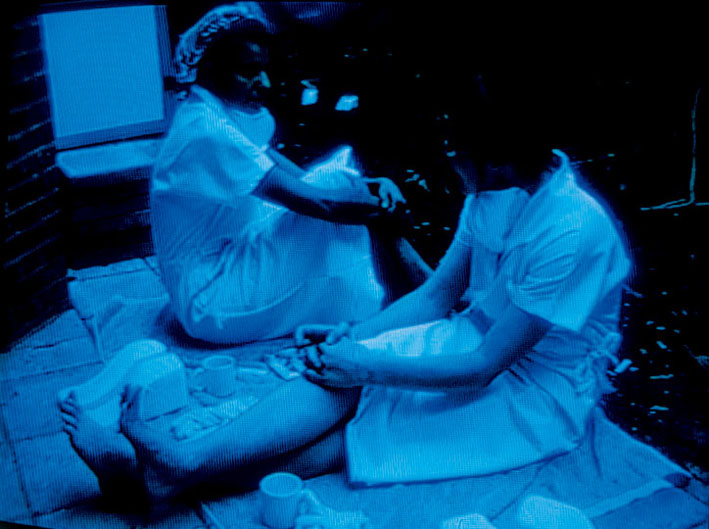
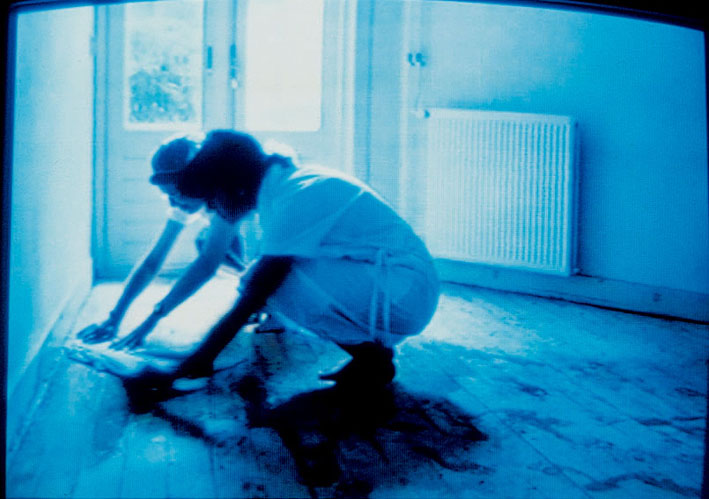
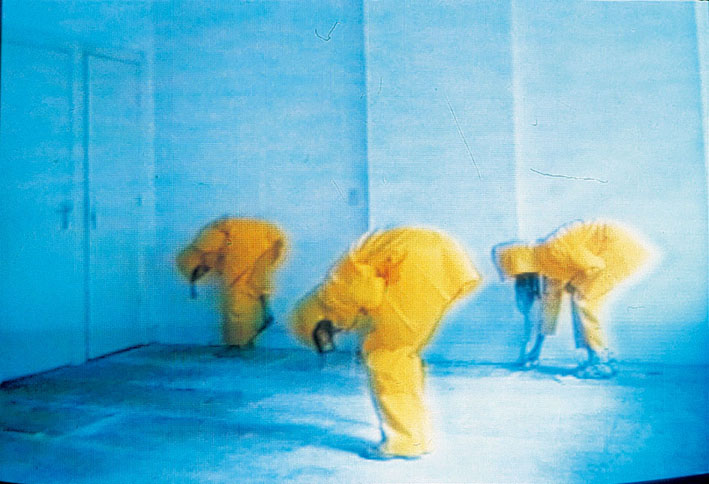
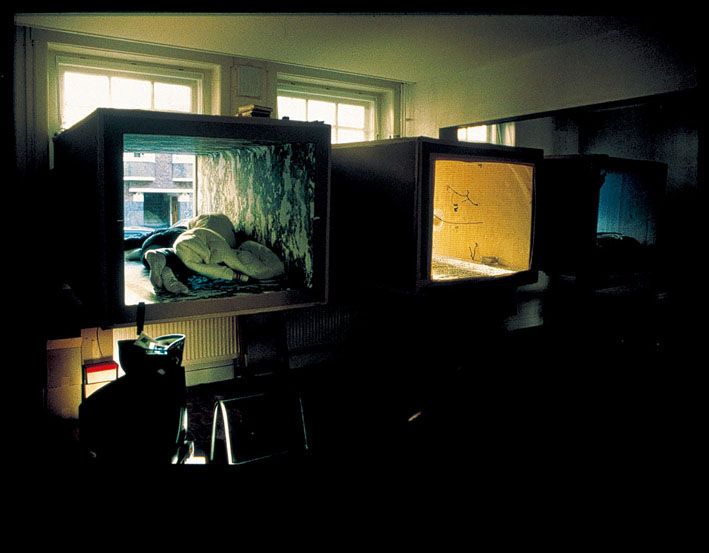
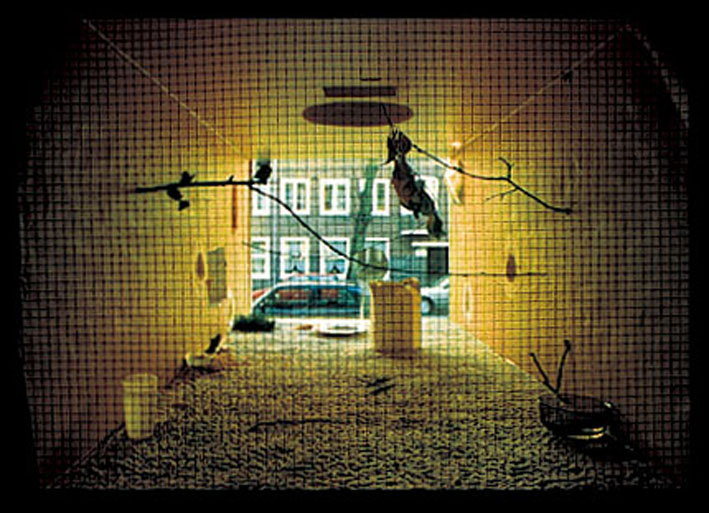
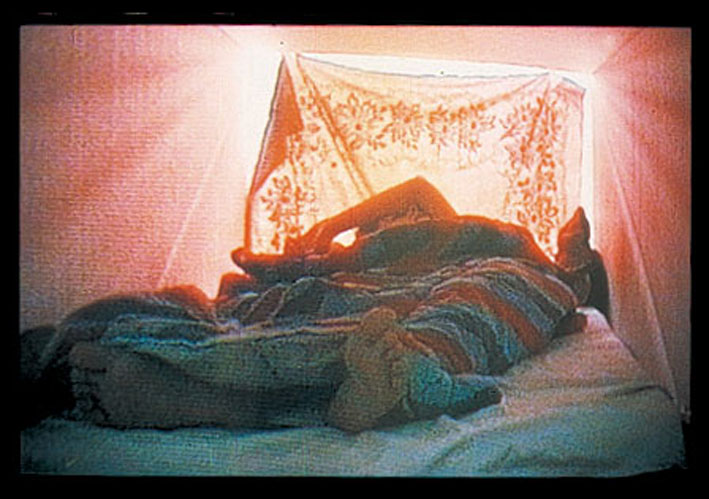
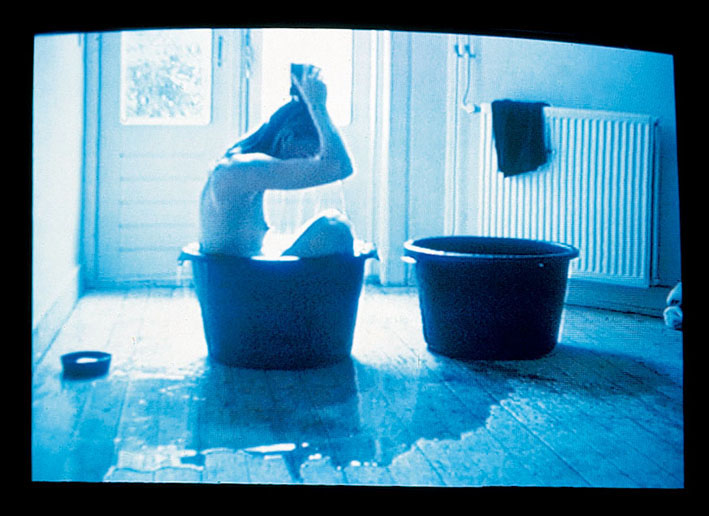
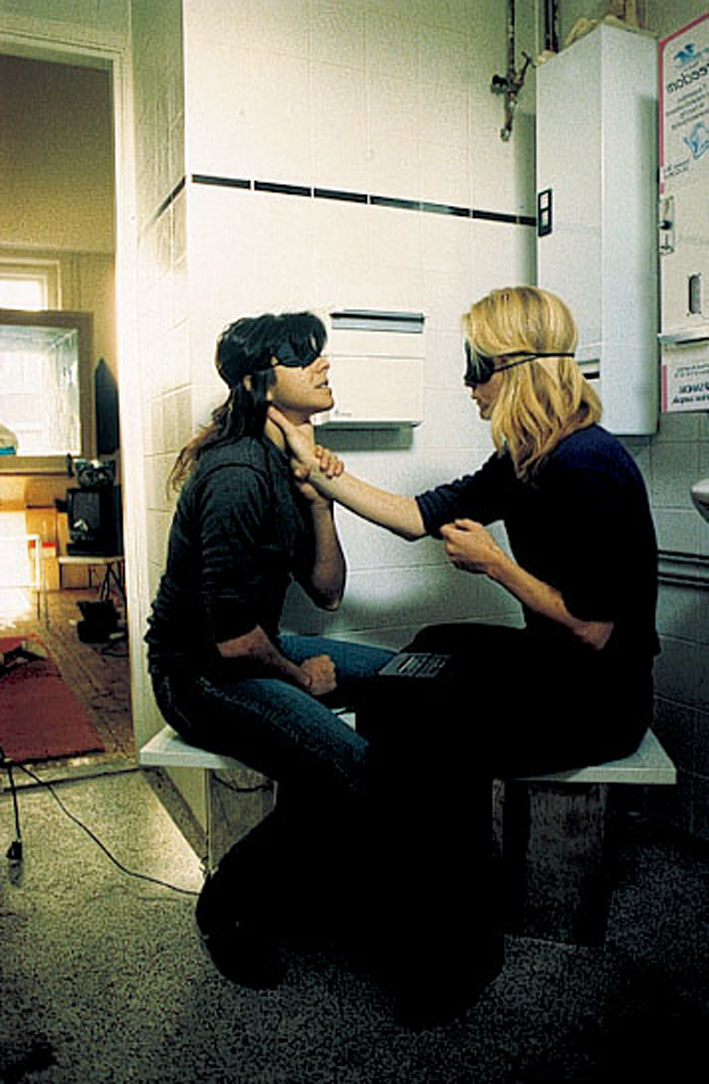
The Arte Habitable project was an experiment. Four young artists, Alicia Framis, Lin de Mol, Michael Nitschke and Patricia Spoelder, spent two and a half months living and working in an Amsterdam house. Their purpose was to explore the possibility of creating and displaying art in an everyday environment, or , in other words, to examine the feasibility of inhabiting an (art) project. The house, at Deurloostraat 35, gradually became a kind of art platform, without however relinquishing all the experiences and connotations associated with domestic life. As the process of creation progressed, the place where they both lived and produced their art was simultaneously transformed into a different kind of habitat, geared to their own desires. This allowed the foursome to specifically explore questions concerning boundaries and boundary situations: the boundary between inhabiting a space and art, between art and life, life and work, work and thought, thought and imagination, imagination and production and so forth. After two and a half months the house was opened to the ‘outside world’.
It was Alicia Framis who outline the contours of the Arte Habitable joint project, interaction between the various artists being a prime objective. After some time, however, it became clear that the three artists who had accepted Alicia Framis’s invitation needed to make some kind of personal statement within this joint project. On the principle that ‘the various parts strengthen the whole’, they produced a large number of individual works, alongside and in combination with explicit examples of interaction.